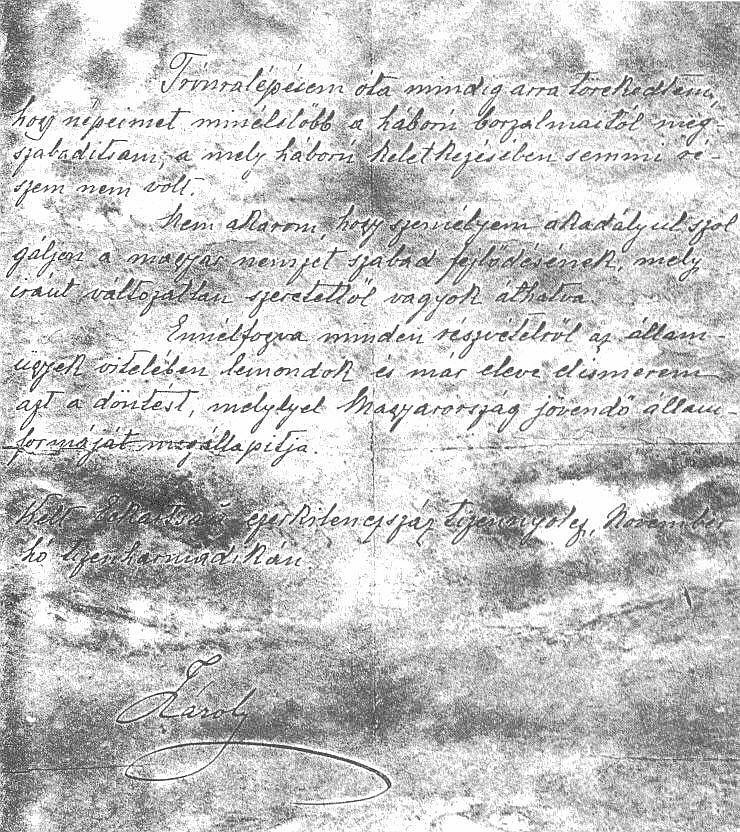
+1 “A critical challenge to be worked out is how to transition from a dispersed approach to a concentrated attack, since at the forming-up point there will be a significant vulnerability to artillery, anti-tank guided weapons and other threats.” rusi.org/publication/ru…
Very good analysis above by @Jack_Watling.
A few quick thoughts.
1. (AI-enabled?) battlespace management systems will likely be needed for coordinated dispersed maneuver warfare in the future.
A few quick thoughts.
1. (AI-enabled?) battlespace management systems will likely be needed for coordinated dispersed maneuver warfare in the future.
1a. Upgraded low probability of detection/low probability of intercept (LPD/LPI) communications integrated in a military internet of things architecture for C2/ISTAR could be of interest here. But tech capabilities alone will not be the answer.
2. Advantage of NATO vis-a-vis others in executing dispersed operations is mission command doctrine. However, dispersed maneuver would likely require decentralized decision-making/execution rather than centralized decision-making/dec. execution (raises deconfliction problems.)
3. Short-range air defenses/elecronic warfare capabilities to cover dispersed formations will indeed be important. I'd add cyber capabilities, especially for beginning of any hostilities. This mandates organizational restructuring/regrouping.
• • •
Missing some Tweet in this thread? You can try to
force a refresh







